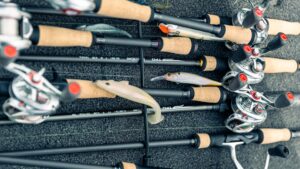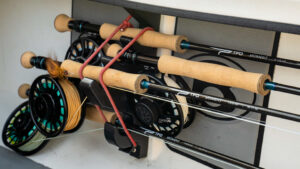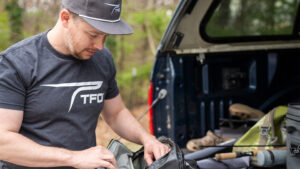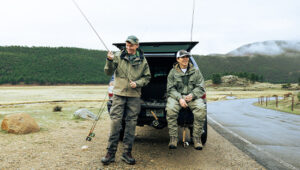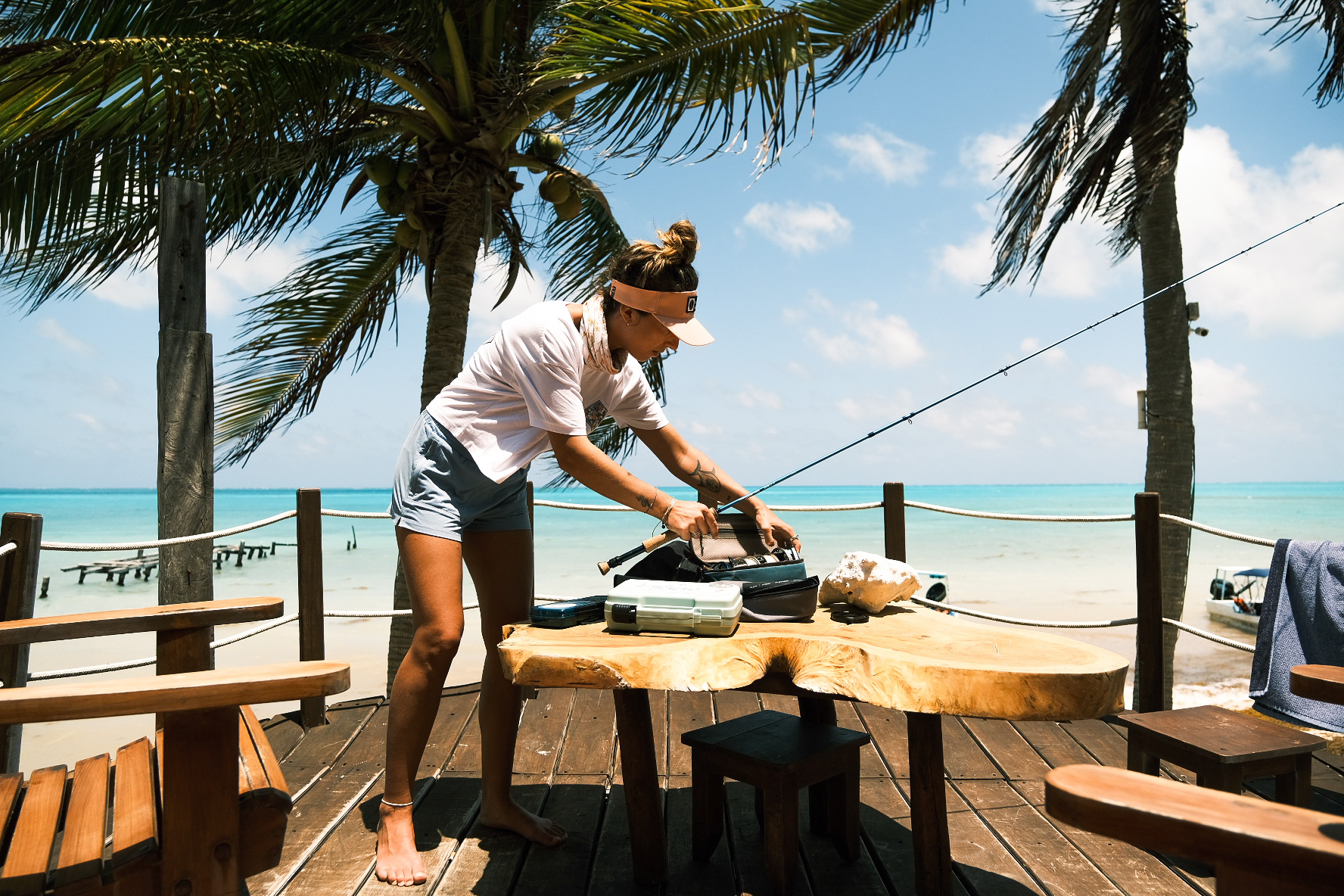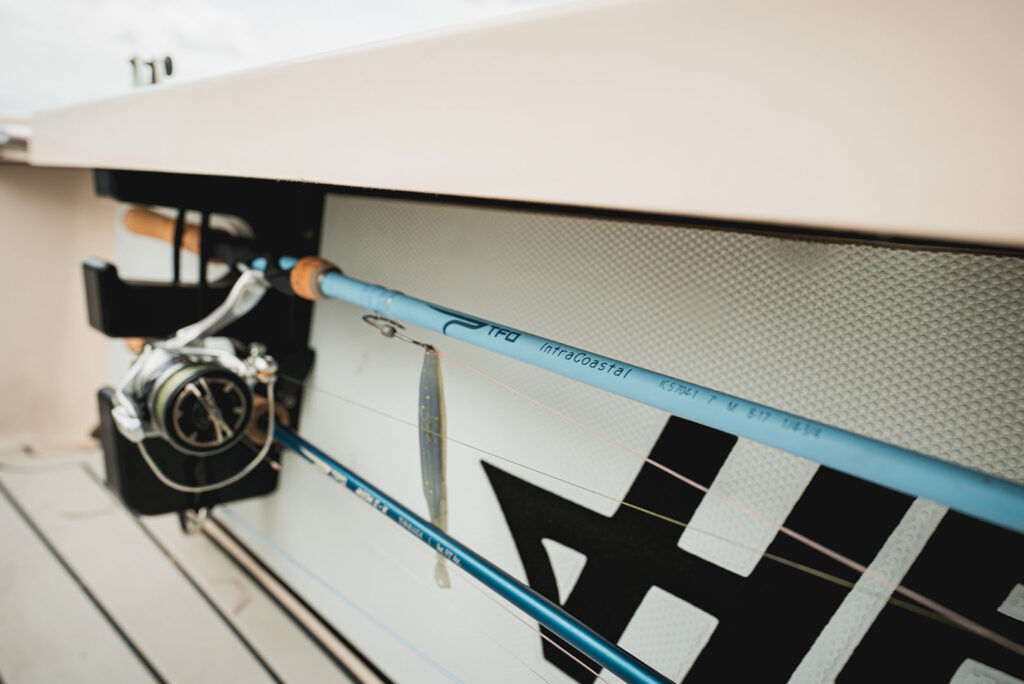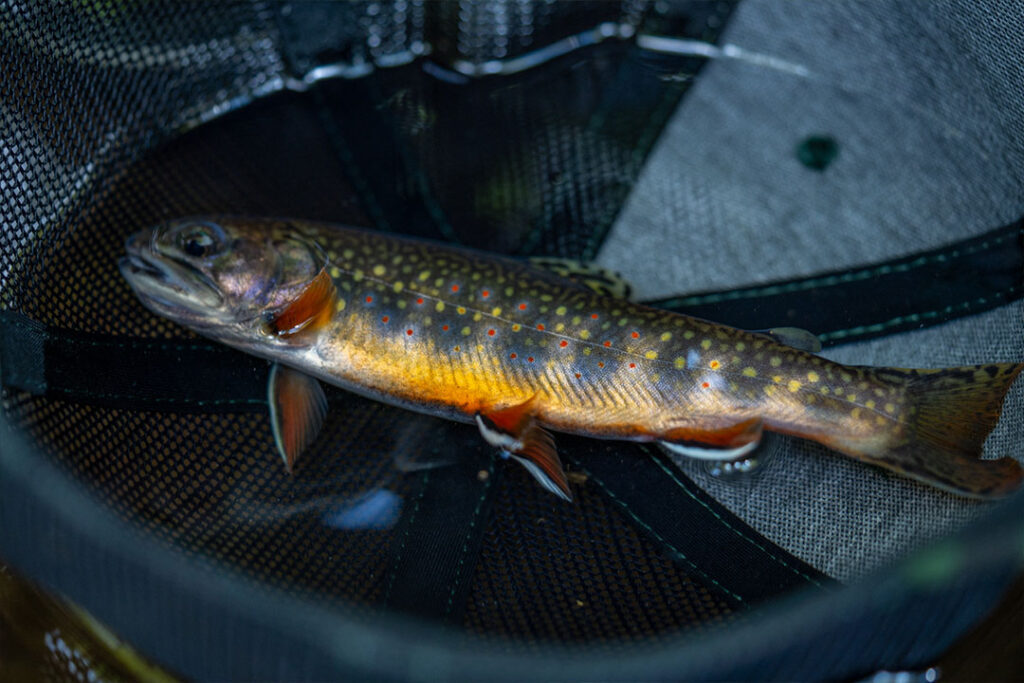Spring fishing is here, with summer quickly approaching. It’s time to take advantage of all the amazing fishing opportunities both locally and domestically.
Depending on where you live, you might have to wait out for snow melt, frozen lakes, before the conditions get just right, but for those that have the flexibility to travel, there’s some great fishing to be had just a plane (or car ride) away.
I just got back from a bonefish trip in Mexico, and I thought it would be helpful to share some insights for the angler looking to make their first international trip, and share some helpful tips that have helped me over the years.

What Species Are You After?
A great place to start planning your first international fishing trip, is to first start by narrowing down what species(s) you’d like to target. Depending on your skill level, or experience targeting saltwater fish, you might want to start by looking at species that are a little bit “easier” to target. I use “easier” loosely, because there are so many factors that go into targeting a species.
For anglers looking to venture into the saltwater fly fishing territory, I’d recommend targeting redfish or bonefish for your first saltwater experience. Both species don’t require the perfect presentation and are more willing to eat your fly.
Saltwater fishing is drastically different from freshwater fishing and by targeting either of those species, you’ll give yourself a lot more opportunities for success. The first saltwater experience should be less about catching fish and more about getting comfortable with casting and fishing from a flats boat.

How Much Gear Should I Bring?
The amount of gear I’m bringing on my trips is dependent on the location, the fishery and the species I plan to target. My most frequent destination is Mexico to target permit, tarpon and bonefish. For that trip in particular, I’d bring a 7wt, 8wt, (2) 9wts, and a 11wt. I set up the 7wt for Bonefish, 8wt for baby tarpon + snook, 9wt for Permit and 11wt for Migratory Tarpon. My personal favorite rod for all of these saltwater species is the Axiom II-X in any of the aforementioned weights.
Check A Bag vs Carry On
When I travel with my gear to Mexico, I typically bring my rods and reels in a rod case that I can carry-on with me. I’ll put my fly box, pliers and anything sharp or “potentially dangerous” in my checked bag. Once, on a trip to Alaska, I brought my $200 net and they confiscated it because they considered it a weapon. I learned my lesson pretty quick after that experience.

Practice Your Cast Before Your Trip
This is probably the most important rule or tip I would recommend. Practice your casting prior to the trip. Accuracy is more important than distance when you’re first learning to saltwater fish.
It’s better to have a consistent, accurate cast at a shorter range than attempting to cast 60+ feet but you’re not quite sure where it will land.
Communicate With Your Guide
Communication with your guide is important so make sure you’re on the same page with your guide before you start the day. The Bow Clock is an exercise that is important to practice and one you will often use while you’re fishing. Imagine the bow of the boat is the number 12 on an analog clock and the back of the boat is 6. We usually use that as a reference when the guide is helping you spot the fish.
When the guide spots the fish, use your rod to point and ask “what time and how far” then he’ll proceed to say a time and a distance and you can use that information to help you locate the fish that he is spotting.

Be A Good Teammate
If you’re fishing with a friend, help each other out by managing and stacking the slack line so that when they are casting, they aren’t worried about their line getting wrapped up or a knot forming.
It’s also important to be mindful of how much time you spend on the bow and how many shots you’ve had. Come up with a game plan prior to the trip so you’re both on the same page of how you want to split the time on the bow.

Stay Positive
Keep a positive mindset. Saltwater fishing is HARD. You can spend the entire day on the bow and not see a single fish. That just happened to me while in Mexico.
After a few days of that, it’s easy to get bummed out but try to keep your spirits high. It’s all part of the experience.
Some trips are more productive than others but each one gives us an opportunity to learn and grow as an angler.
Stay Calm. Make It Count
I’ve been saltwater fishing now for around seven years, which in comparison to some of my idols, it’s hardly any time at all. There’s still so much room for growth and every trip I take is an opportunity to learn from those around me. If I could share a piece of advice to my younger self when I was first entering saltwater fishing. I would remind myself to stay calm in chaotic situations.
I’ve missed a lot of shots in the early years by getting frazzled on the boat. When the guide is yelling in your ear, and you have nervous water 80 feet at 7’ o’clock it’s easy to get overwhelmed and panic. It’s in those chaotic moments where everything could quickly go wrong so take a deep breath, pause, spot the fish and take your cast.
You may only get one shot, so make it count, and have fun!
Blog written by TFO Ambassador Shyanne Orvis. Photos by Aaron DiNapoli.

![]()
